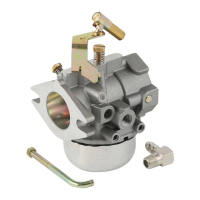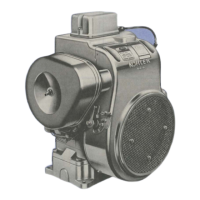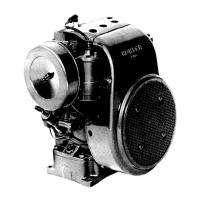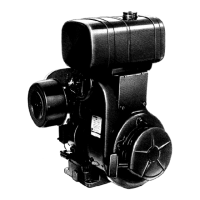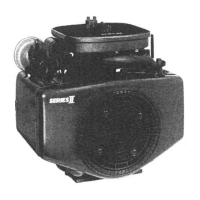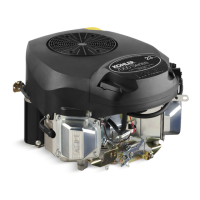OWNER’S
MANUAL
MODELS ’
K241/ K301
(10 hP)
(12 hp)
K321,& K341
(14 hp)
operating & maintenance
instructions
(16 hP)
Congratulations -
You have selected a fine four-cycle, single cylinder, air-cooled engine. Kohler designs long
life strength and on-the-job durability into each engine. . .
making a Kohler engine dependable.. .dependability
you can count on. Here are some reasons why:
0
Kohler engines are easy to service. All routine service areas (like the points, condenser, air cleaner, spark
plug, and carburetor) are easily and quickly accessible.
L
0
Parts subject to the most wear and tear (like the cylinders, crankshafts, and camshaft) are made from
precision formulated cast iron. Because the cast iron cylinders can be rebored, these engines can last even
longer.
0
Every Kohler engine is backed by a worldwide network of over 10,000 distributors and dealers. Service
support is just a phone call away. Call I-800-544-2444 (U.S. & Canada) for Sales & Service assistance.
To keep your engine in top operating condition, follow the maintenance procedures in this manual.
